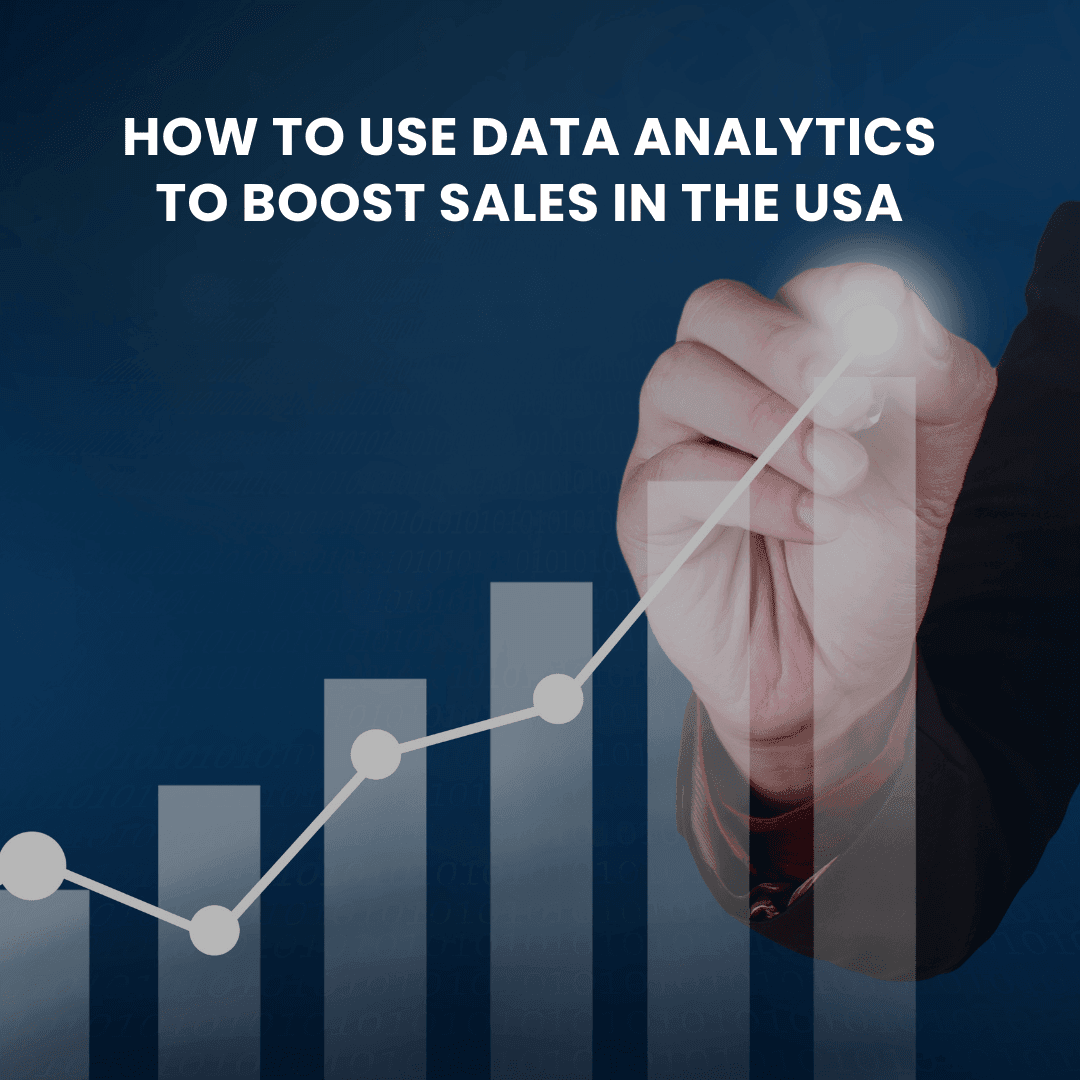
How to Use Data Analytics to Boost Sales in the USA
- Understanding Customer Behavior with Customer Analytics
- Optimizing Pricing with Data-Driven Insights
- Personalizing Marketing with Customer Insights
- Predicting Trends with Predictive Customer Analytics
- Improving Omnichannel Sales Strategies
- Enhancing Sales Performance with Business Analytics Tools
- Data-Driven Decision Making with Retail Analytics Solutions
- Conclusion
1. Understanding Customer Behavior with Customer Analytics
2. Optimizing Pricing with Data-Driven Insights
Pricing is a critical factor in sales, and pricing analytics in retail provides the necessary data to make informed pricing decisions. By analyzing competitors’ prices, customer demand, and historical sales data, retailers can set optimal prices that maximize profits while staying competitive. Retail data analytics helps businesses understand which products have price elasticity and how discount strategies affect sales, providing a solid foundation for pricing decisions that drive growth.
3. Personalizing Marketing with Customer Insights
4. Predicting Trends with Predictive Customer Analytics
5. Improving Omnichannel Sales Strategies
6. Enhancing Sales Performance with Business Analytics Tools
7. Data-Driven Decision Making with Retail Analytics Solutions
Conclusion
Latest Posts
How to Create a Successful Gift Card Rewards Program for Customer Retention
October 17, 2024
How to Create a Successful Gift Card Rewards Program for...
The Importance of Loyalty Benefits: How Discounts and Promo Codes Drive Customer Retention
October 16, 2024
The Importance of Loyalty Benefits: How Discounts and Promo Codes...
Gamifying Coupon Redemption to Boost Engagement
October 16, 2024
Gamifying Coupon Redemption to Boost Engagement In today's crowded...
Reducing Customer Churn with Retargeting Promo Codes
October 16, 2024
Reducing Customer Churn with Retargeting Promo Codes In retail,...
How Coupons and Promo Codes Can Transform Retailers’ Business
October 16, 2024
How Coupons and Promo Codes Can Transform Retailers' Business ...





